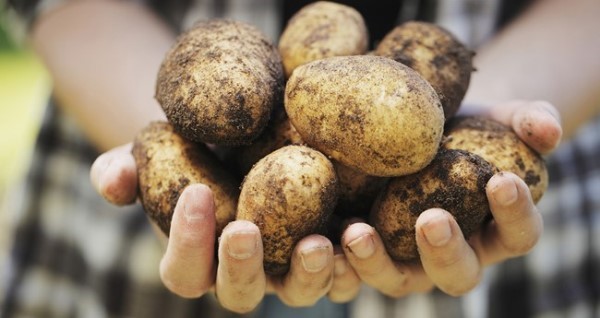Ensiling Potatoes And Grass Silage
6 May 2021The recent cold weather and lack of grass growth has meant some farms will either have silage fields that are being grazed or simply not growing on as well as expected. One way to bulk up feed stocks in the clamp is to add stockfeed potatoes. Potatoes look plentiful and cheap just now and are worth consideration.
Ensiling potatoes and grass is a well tried, tested and common procedure that works extremely well. The potatoes should be cleaned of soil as much as possible as dirt and soil will cause spoilage in the silage. Either mix in the potatoes or put in alternate layers; about 0.6 m of grass followed by 0.15 m of potatoes. The usual recommended ratio of grass to potatoes is 5:1 but some authorities have suggested that a ratio as low as 3:1 is acceptable. Always have a layer of grass on the bottom of the pit prior to putting potatoes in. Too many potatoes in one layer can lead to air pockets and spoilage which can be harmful to stock. The potatoes will cook with the heat of the ensiling process and need shallow layers or mixed in to achieve this successfully.
Warning
Watch out for green and sprouted potatoes as they contain chemicals called glycoalkaloids which are toxic to animals. Exposure to light and sprouting results in a large increase in the concentration of these toxins, with the sprouts containing up to 30 times as much as green tubers. The ensiling process does destroy 30-40% of the toxins so including slightly greened potatoes with grass silage should be safe, however ensiling badly greened or sprouted potatoes is not without risk and every effort should be made to knock off the sprouts before ensiling.
Karen Stewart, karen.stewart@sac.co.uk
Sign up to the FAS newsletter
Receive updates on news, events and publications from Scotland’s Farm Advisory Service

